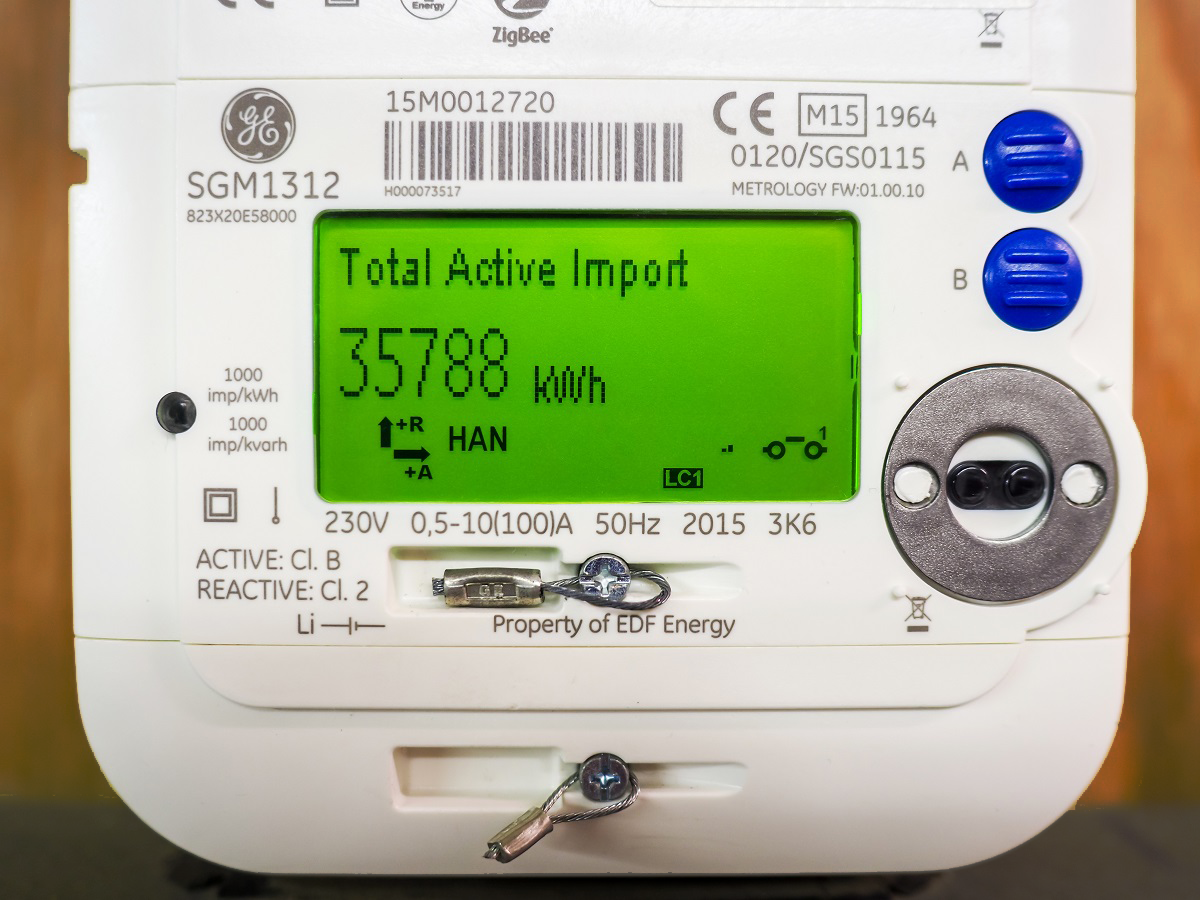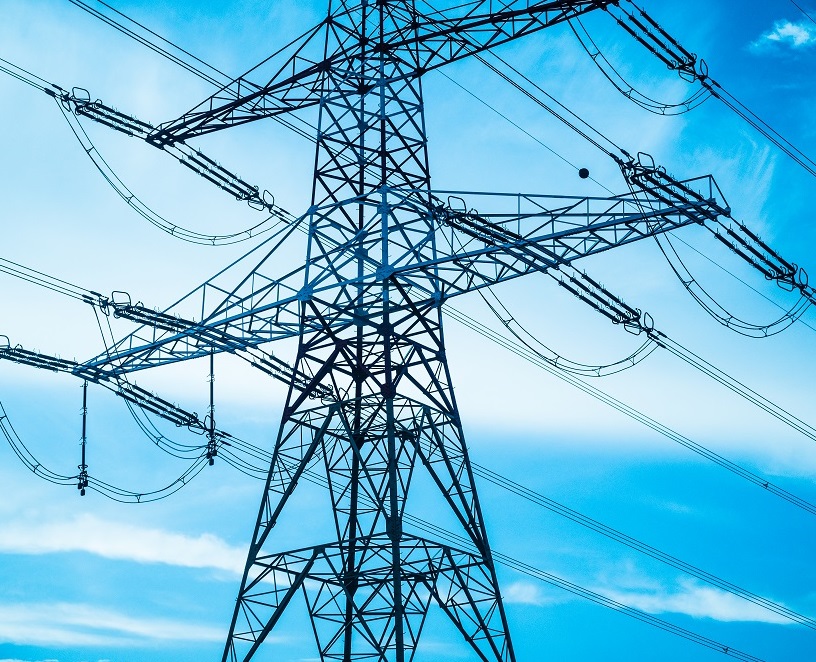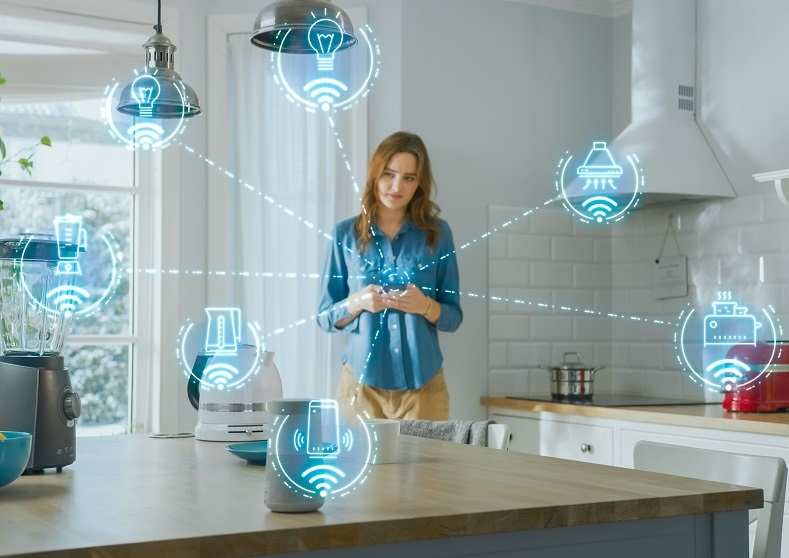Smart meters deliver a range of 'smart functionality' benefits to energy consumers, including automatic meter readings which mean more accurate bills, and an in-home display (IHD) which shows how much energy is being used throughout the day. All energy companies are responsible for installing smart meters free of charge to their customers.
An introduction to smart meters
Definition of smart meters
A smart meter is an electronic device that records information—such as consumption of gas and electricity, voltage levels and current—and communicates the information wirelessly to the consumer (via the IHD) and energy suppliers.

The evolution of metering technology
Energy suppliers began rolling out ‘first generation’ smart meters from 2011. However, these first-generation smart meters (SMETS1) don't always allow consumers to change energy supplier without losing the ability to send meter readings automatically. To remedy this, interoperable second-generation smart meters (SMETS2) were introduced in 2018 for all new installations, backed by an upgrade scheme to migrate existing SMETS1 to SMETS2 onto the DCC network. You can find current smart meter installation statistics by visiting our network coverage page.
In 2020, the dual-band communications hub became available, overcoming connection issues in some buildings, like blocks of flats or where walls are very thick, where meters struggled to communicate with their communications hub; and increasing network coverage from around 70% of properties to an expected coverage of 96.5%.
The Central Switching Service was introduced in July 2022, which meant consumers could move to a new energy supplier within five working days; future improvements will mean that ultimately this switching process will be completed in as little as 24 hours.
With more exciting projects in the pipeline, the DCC future roadmap is available on our network updates page.
How do smart meters work?
Basic smart meter operation and functionality
Gas and electricity smart meters use a communications hub to contact consumers to energy suppliers via the DCC network. With meter readings automatically sent to energy suppliers, there's no need for the manual meter readings which are required with a traditional meter.
When a smart meter is installed, consumers are provided with a separate in-home display which is a digital device that displays information about the tariff, gas and electricity energy usage, daily energy use and cost for customers on account (in credit mode), or the balance (in prepay mode).

Data collection and transmission
Whenever energy is used or generated in a home with smart meters installed, the information is turned into a data packet. This data packet is securely encrypted and sent by the meter's communications hub to the DCC network. The DCC continually monitors network performance and security to ensure safe and speedy delivery directly to the energy supplier.
Types of smart meters
As mentioned, there are two types of gas and electricity smart meters: first generation SMETS1 and second generation SMETS2. The majority of first-generation smart meters require a remote software upgrade to align them with their second-generation counterparts.
Electricity smart meters and gas smart meters
Gas and electricity smart meters work with both on-account and pay-as-you-go tariffs. Some energy suppliers can offer more flexible ways to top up your account, most remotely and some automatically.
As well as giving consumers more control and information about energy usage, smart meter installations also help energy suppliers and Distribution Network Operators (DNOs) monitor supply problems and power cuts easier, allowing them to conduct quicker and cheaper repairs.

Benefits of smart meters

Accurate billing
Automatic smart meter readings mean accurate bills for consumers. With readings provided from half-hourly to monthly, estimated bills become a thing of the past, and you only pay for the energy you use.

Real-time information for consumers
Each smart meter user is given an in-home display (IHD). This handheld digital display provides energy consumption data in almost real-time, allowing consumers to see exactly how much energy they use at any point during the day or night, including their account status or credit balance. Armed with this information, consumers can make better choices on energy use, identifying high-use appliances, taking advantage of off-peak low-cost options, reducing energy bills, and saving money.

Increased energy efficiency
With the information from in-home displays and tips supplied by energy suppliers, consumers can become more energy efficient, lowering their bills and carbon footprint.
Smart meters and the future of energy management

The smart grid
The smart grid is an advanced and modernised electrical grid system that uses digital technology, automation, and two-way communication to improve the efficiency, reliability, and sustainability of electricity generation, distribution, and consumption. It represents a significant evolution from the traditional, one-way electricity distribution system to a more interconnected and responsive network.
The implementation of a smart grid aims to enhance energy efficiency, reduce operational costs, minimise blackouts and power disturbances, and accommodate the changing landscape of energy generation and consumption. It plays a critical role in supporting the transition to a more sustainable and flexible energy system.
Internet of Things (IoT) and smart homes
So many of our appliances are digitally controlled and connected to the internet. This Internet of Things doesn't only make our lives easier but produces vast amounts of data that technology companies use to understand how we behave and how better to meet demands.
The network powering our homes and businesses is widely known as the Internet of Energy — monitoring energy generation assets like wind farms, power stations, and solar panels and how much energy we use. This network delivers big data sets that forecast the demand and dictate supply levels. For a full explanation, read DCC's page on how the Internet of Energy will play a huge part in the future of energy management.

Future trends and predictions
With the smart grid expected to rely more on renewable energy resources, the role of smart meters is set to increase. With AI and machine learning, we can expect them to make opportune use of ideal conditions, for example, topping up battery storage, charging EVs, or starting appliance cycles during a sunny afternoon or windy night, balancing the pressure on energy suppliers.
To reach its full potential, the smart meter roll-out must continue to give energy managers the data they need to understand and deliver the solutions needed to take energy use to the next level.
Visit Smart Energy GB to find out more about how smart meters work.
Further reading



